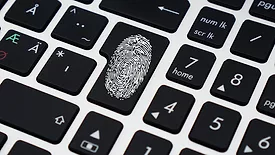Home » Keywords: » authentication
Items Tagged with 'authentication'
ARTICLES
Education & Training
The global remote workforce as grown more prominent in recent years, presenting a range of unique security challenges.
Read More
Sign-up to receive top management & result-driven techniques in the industry.
Join over 20,000+ industry leaders who receive our premium content.
SIGN UP TODAY!Copyright ©2025. All Rights Reserved BNP Media.
Design, CMS, Hosting & Web Development :: ePublishing




.webp?height=168&t=1715957323&width=275)






